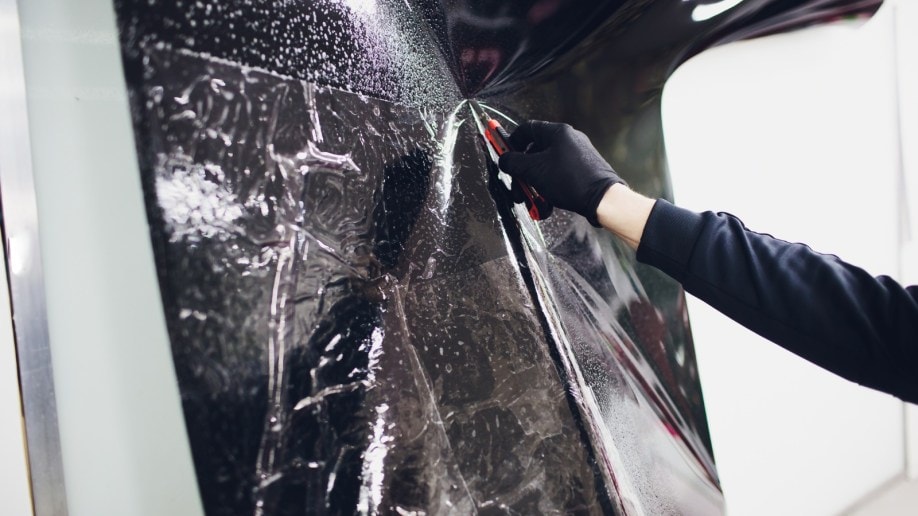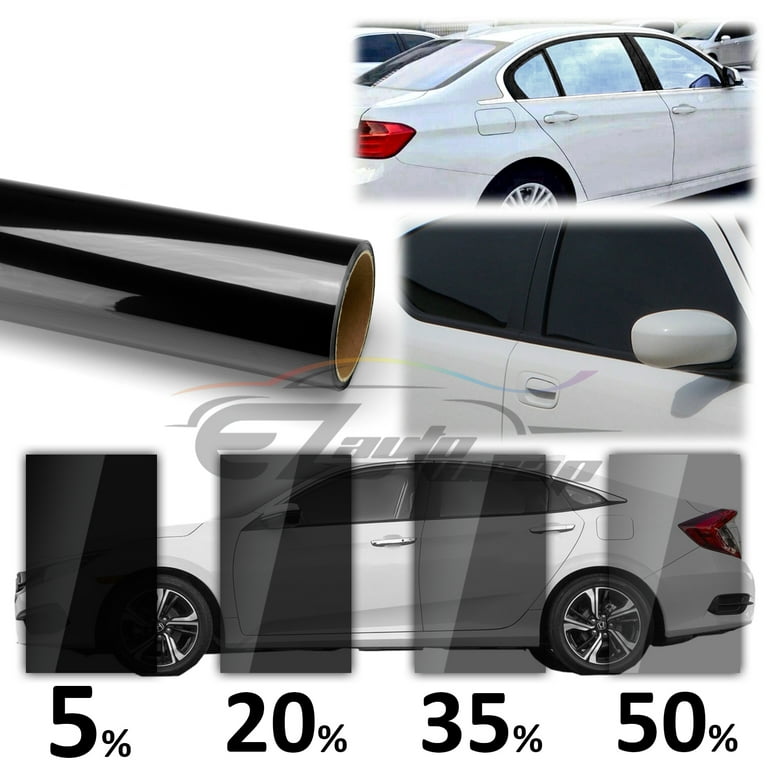Automobile Window Tinting: Discover the Best Deals and Top Quality Providers Close-by
Automobile Window Tinting: Discover the Best Deals and Top Quality Providers Close-by
Blog Article
Home Window Tinting Regulations and Guidelines: What You Required to Know Before Tinting Your Car
Prior to proceeding with window tinting for your automobile, it is necessary to familiarize on your own with the varied legislations and guidelines that control this technique throughout various states. These laws determine the allowable levels of color darkness, frequently measured by visible light transmission (VLT) percentages, and consist of certain stipulations for front windscreens intended at guaranteeing roadway safety.
Review of Home Window Tinting Laws
Window tinting laws are frequently subject to variation across various territories, mirroring neighborhood laws and safety and security considerations. These legislations dictate the allowable degrees of color darkness and reflectiveness on vehicle windows, making sure that drivers keep ample presence while additionally shielding against hazardous UV rays and warmth.
A lot of guidelines classify home window tinting based on the Visible Light Transmission (VLT) portion, which suggests the amount of light that can travel through the home window. Typically, reduced VLT percents symbolize darker colors. Legislations commonly distinguish in between the front, side, and back home windows, with stricter constraints used to the front windscreen to boost safety and security for both the chauffeur and various other roadway individuals.
Conformity with home window tinting guidelines is critical, as offenses can result in penalties, mandatory removal of the color, and prospective boosts in insurance policy premiums. It is important for automobile proprietors to familiarize themselves with neighborhood legislations before proceeding with window tinting setups.
State-by-State Tint Laws
Recognizing the specific window tinting regulations in each state is essential for lorry proprietors seeking to follow the law. Each state in the U.S. has established its very own set of rules regulating home window tinting, which can differ considerably. These laws frequently determine the allowed levels of color darkness, the kinds of home windows that can be tinted, and any kind of clinical exceptions that might apply.
As an example, states like The golden state have stringent limitations on color darkness for front windows, while others, such as New Mexico, might permit darker tints. Additionally, certain states mandate certain visibility percentages for different windows, consisting of the windshield, front side home windows, and rear home windows. It is important for cars and truck owners to familiarize themselves with their state's legislations to avoid prospective penalties or penalties.
Moreover, some states may require a certification sticker label to be positioned on colored home windows, showing compliance with state legislations. Failure to follow these regulations not only risks lawful repercussions yet can also influence safety and security and visibility while driving. Lorry proprietors must conduct complete study or get in touch with neighborhood authorities to make certain complete understanding and compliance with state-by-state tint guidelines.
Allowed Color Types and levels
Several automobile proprietors might be surprised to discover that allowed tint levels and types differ widely across various states. Each state has actually established its very own guidelines concerning the permissible darkness and reflectivity of window color, commonly determined by Visible Light Transmission (VLT) percentages. VLT refers to the amount of light that can travel through the colored home windows; therefore, a lower percent suggests a darker color.

In addition, the kinds of tint materials allowed can differ, with some states restricting mirror-like or metal surfaces. It is important for automobile proprietors to familiarize themselves with their state's certain regulations to make sure compliance. Non-compliance can lead to penalties, compulsory elimination of the color, or various other lawful effects, making it essential to recognize these laws before proceeding with installment.
Medical Exemptions for Tinting
While not all states provide allowances for clinical exceptions pertaining to home window tinting, those that do recognize the requirement for details people to improve exposure and comfort as a result of clinical conditions. Numerous clinical conditions, such as lupus, skin cancer, and specific eye problems, can provide individuals particularly conscious sunlight. These people may call for darker colors to safeguard themselves from unsafe UV rays and glow.

It is essential to note that despite having a clinical exception, there may still be restrictions on the level of tint permitted. Compliance with state legislations makes sure that individuals are both protected and within legal limits. Those taking into consideration clinical exceptions need to contact their regional Division of Electric motor Automobiles or equivalent authority to recognize the needs and procedures required to look for an exception efficiently.
Charges for Non-Compliance
Failing to abide by home window tinting legislations can bring about considerable penalties, which vary by state. Legislation enforcement firms are encouraged to issue citations for vehicles that do not stick reference to the defined tinting policies. These penalties generally include fines, which can range from modest total up to a number of hundred bucks, relying on the severity of the offense and the state in inquiry.
In some jurisdictions, duplicated offenses may cause escalating penalties or extra penalties, such as mandatory court looks. Non-compliance might require the removal of prohibited tinting, often at the proprietor's expense. In extreme situations, habitual offenders might deal with suspension of their vehicle registration up until compliance is achieved.
Additionally, insurance ramifications helpful hints may occur from getting numerous citations for window tint infractions. Insurance firms might see such infractions as an indicator of riskier behavior, potentially bring about enhanced premiums or trouble in insurance coverage.
To avoid these charges, it is vital for car proprietors to acquaint themselves with their neighborhood window tinting regulations and make sure that their vehicle complies (Window Tinting). This proactive technique not just prevents lawful ramifications however additionally advertises roadway security
Conclusion

A lot of policies categorize home window tinting based on the Visible Light Transmission (VLT) percentage, which suggests the amount of light that can pass with the window. Conformity with window tinting laws is essential, as infractions can result in penalties, obligatory elimination of the tint, and potential boosts in insurance coverage costs.Comprehending the web details home window tinting laws in each state is important for car proprietors looking for to abide with the regulation. These laws frequently dictate the allowed degrees of tint darkness, the types of windows that can be tinted, and any kind of medical exceptions that might use.
For circumstances, states like California have rigid constraints on tint darkness for front home windows, while others, such as New Mexico, might allow darker tints.
Report this page